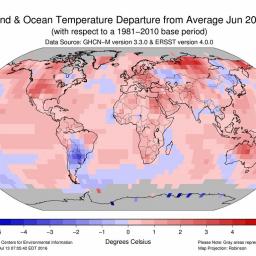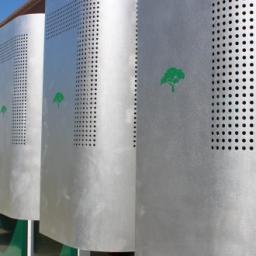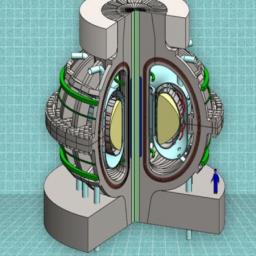California bill will cut greenhouse emissions from cows
California's Gov. Jerry Brown signed legislation Monday to reduce a variety of pollutants, from hydrofluorocarbons (HFCs) used in aerosol and air conditioning refrigerants, black carbon from diesel trucks, to methane from cows. Livestock contribute about 14.5 percent of global greenhouse-gas emissions, methane accounts for about 44 percent of that, of which cows contribute the lion's share. Cows release most of their methane directly by belching and flatulence, but approximately one third comes from their manure.
In California, dairy farmers will be required to reduce methane emissions from manure to 40 percent below their 2013 levels by 2030. They will receive $50 million from the fees the state collects from polluters through its cap-and-trade program. The funding will go toward buying methane digesters, which generate energy from the methane in manure. The energy will be sold to electrical utilities. The law also allows the Air Resources Board to regulate cow flatulence in the future, if and when a practical technology exists to reduce it. If successful, it could inspire other nations to follow suit. The United States is behind India as the largest dairy producer in the world.
In California, dairy farmers will be required to reduce methane emissions from manure to 40 percent below their 2013 levels by 2030. They will receive $50 million from the fees the state collects from polluters through its cap-and-trade program. The funding will go toward buying methane digesters, which generate energy from the methane in manure. The energy will be sold to electrical utilities. The law also allows the Air Resources Board to regulate cow flatulence in the future, if and when a practical technology exists to reduce it. If successful, it could inspire other nations to follow suit. The United States is behind India as the largest dairy producer in the world.





